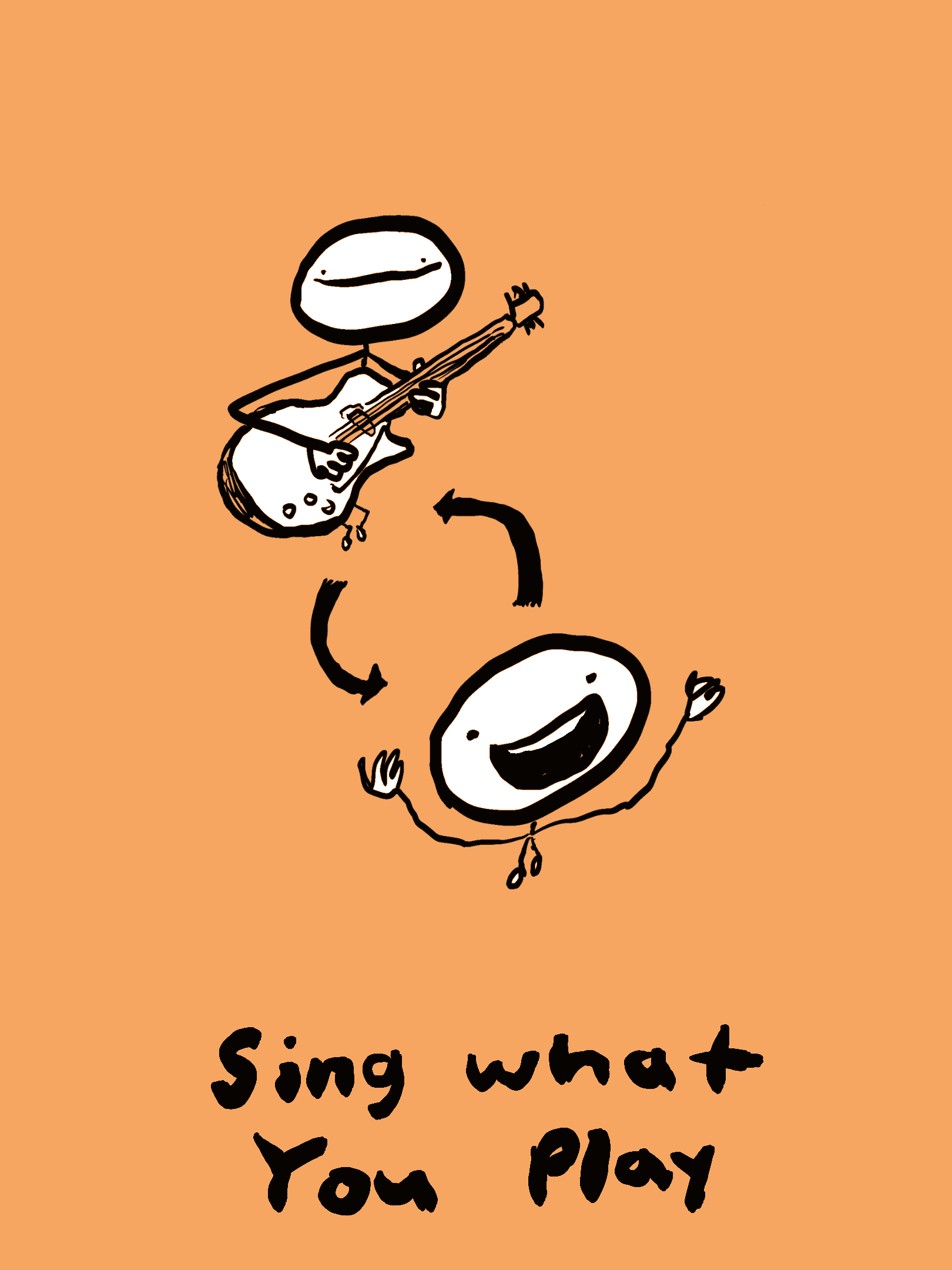
Did you know that you can practice fiddling without a fiddle? Practicing without an instrument is a great way to strengthen your mental models of songs and music.
I recently adopted a baby girl named Veda. Probably the most challenging part is having A LOT less time. In response, I’ve been finding ways to practice without an instrument. How can I work on the mental game of music? How can I be better prepared when I do sit down to practice?
Simple Ways to Practice without Your Instrument:
- Daily Listening 👂
- Singing 🗣️
- Audiation 🧠
- Tune Recall 🎶
- Rhythm Practice 🥁
- Practice reading sheet music 🎼
- Play With Found Instruments 🍽️
- Listen To The Music Of The World 🌎
Try these practices out during a practice session. You can also do them during the day when you don’t have your instrument.
Let’s dive into each practice more deeply.
1. Daily Listening 👂
Listen to tunes you’re currently practicing or want to learn.
This helps you to form mental models for tunes at various stages of the learning pipeline:
- Tunes you want to learn
- Tunes you’re currently learning
- Tunes you want to review
I recommend making playlists to make this easier. Here’s a dedicated post: Fiddling With Daily Listening
2. Singing 🗣️

Sing the melodies of tunes you’ve already learned. You can also practice singing intervals and scales. I recommend doing this in the context of a song. Here’s a simple example. Say you’re playing Oh Susannah. Sing the whole song, then sing one interval from the chorus: “Oh Susannah”. This is a third and would be played D3-A1.
Oh Susannah Chorus
D3-A1
Try to isolate this interval and sing it.
Do this for other intervals in the song. And if you happen to have a baby, go on long walks and sing to her:
View this post on Instagram
3. Audiation 🧠
Audiation is next-level singing. This Jedi-Knight practice internalizes music in your mind. Sing or play something on fiddle and then see if you can “hear it in your head.” Humming is a good intermediate step. See if you can also visualize yourself playing the song. Learn more: Expand Your Musical Mind With Audiation.
4. Tune Recall 🎶
Practice recalling tunes you’ve learned but haven’t practiced in awhile. See if you can remember them from seeing a title. If you get stuck, then listen to the beginning of a song or refer to sheet music.
5. Rhythm Practice 🥁
Practice clapping, lap-drumming, foot-tapping or babyback drumming different rhythms. Beginners can start with simple patterns like hoedown (long-short-short), tucka (short-short-short-short-long-long) and triplets. Intermediate students can practice syncopated rhythms or switching between eighth notes and triplets. I’ve been working on tricky rhythms like 7/4 using in which my hands are doing different beats.
Make it more challenging by adding a metronome. Download an app to your phone and use it to practice the same rhythm at different speeds.
View this post on Instagram
6. Practice reading sheet music 🎼
This can be combined with other practices on this list. Listen while reading along. Or try to sing what you read. Start with small pieces. Download sheet music to your photos app so that you can practice reading on the go. To do this, take screen shots of sheet music and add to your photos app. Learn more: Note-reading For Fiddlers
7. Play With Found Instruments 🍽️
Make music with anything you find in the world. Tap out rhythms with pencils. Clap or sing in time with your footsteps. Put water in a metal bowl and tap with a fork to make cool sounds.
8. Listen To The Music Of The World 🌎
Simply pause for five minutes during your day to listen to the music of the world. What rhythms do you hear? What drone sounds are there (distant traffic, the ringing in your ears)?
Conclusion
Incorporate these tips into your practice and daily routine. Bring your life into music.
